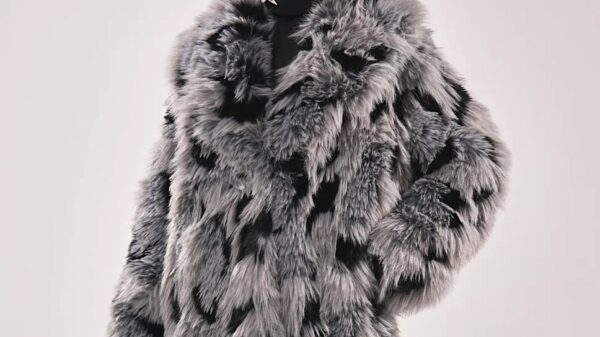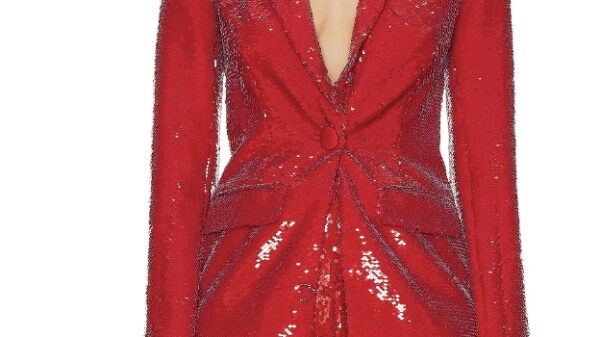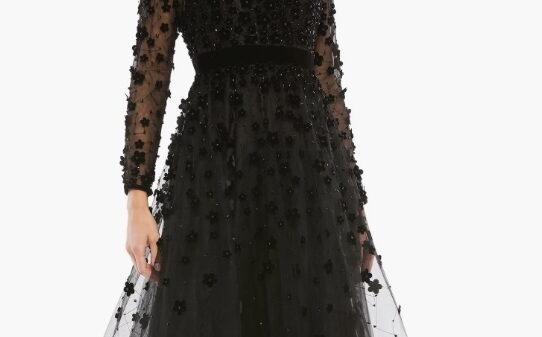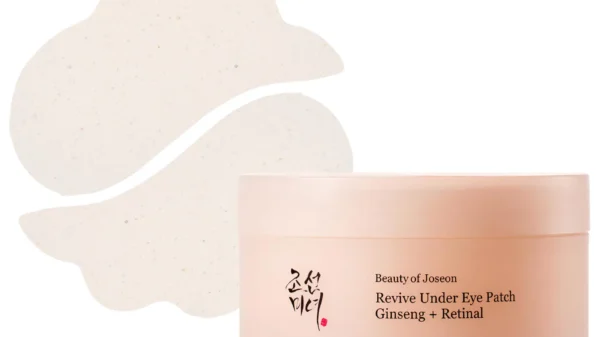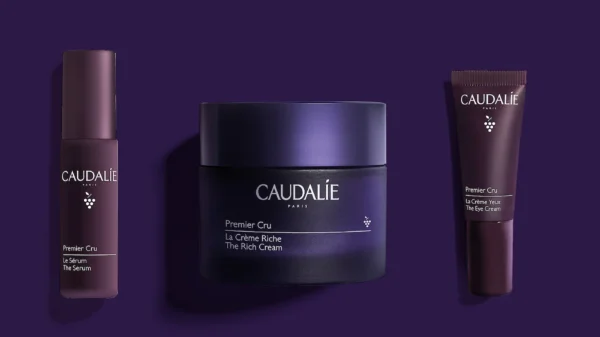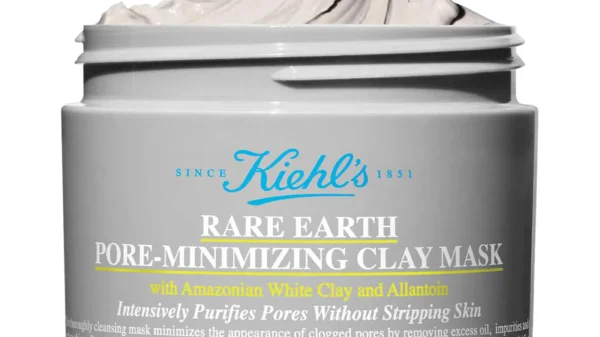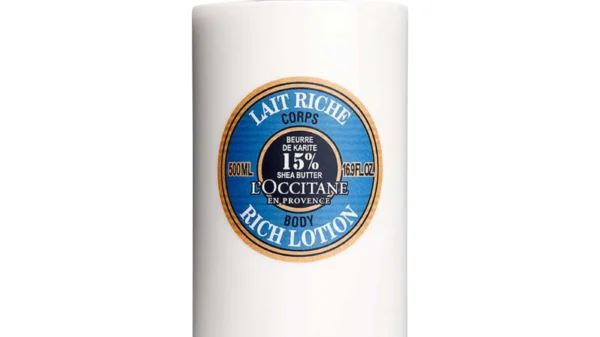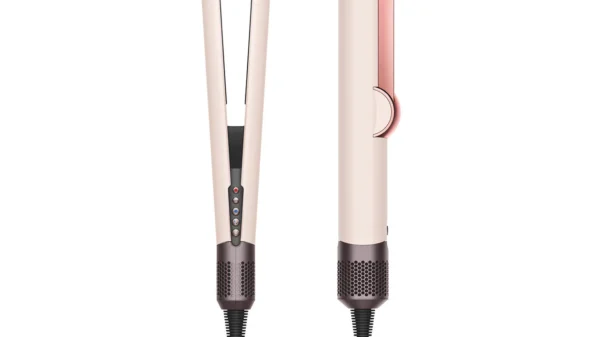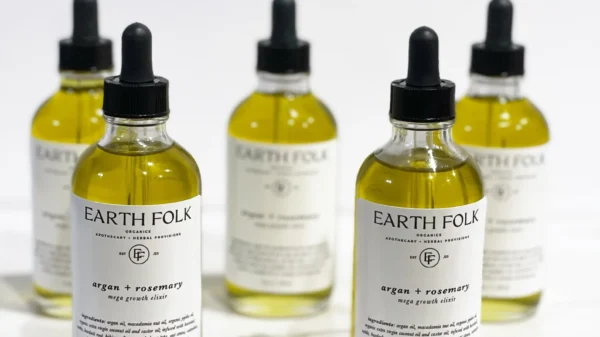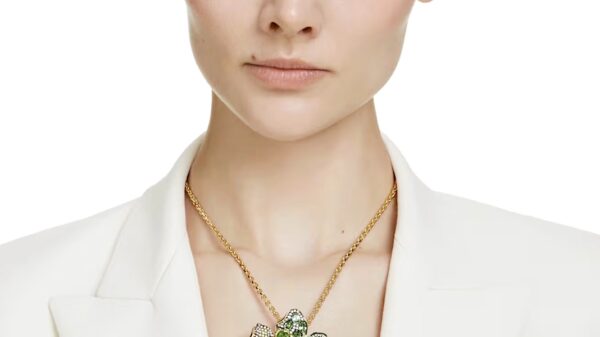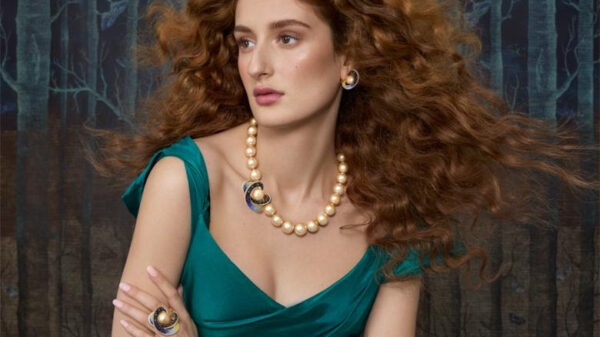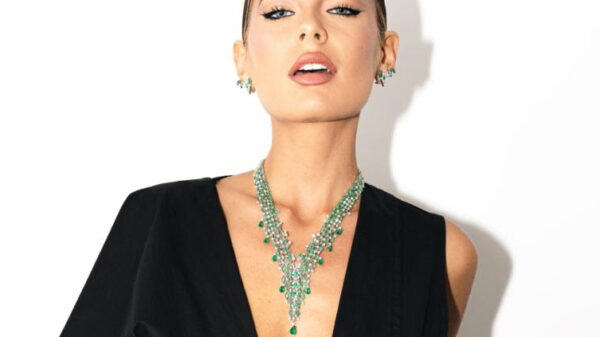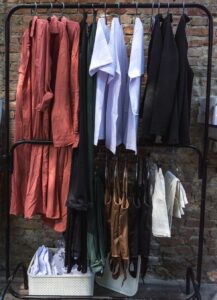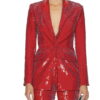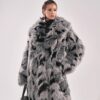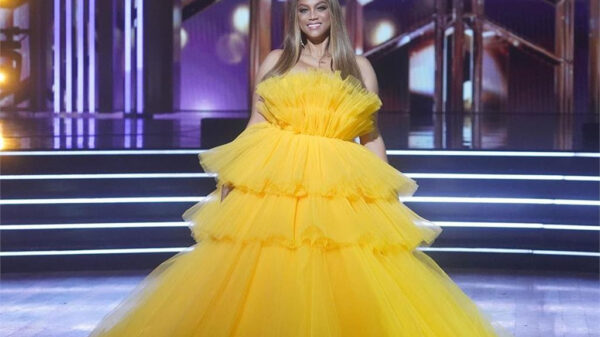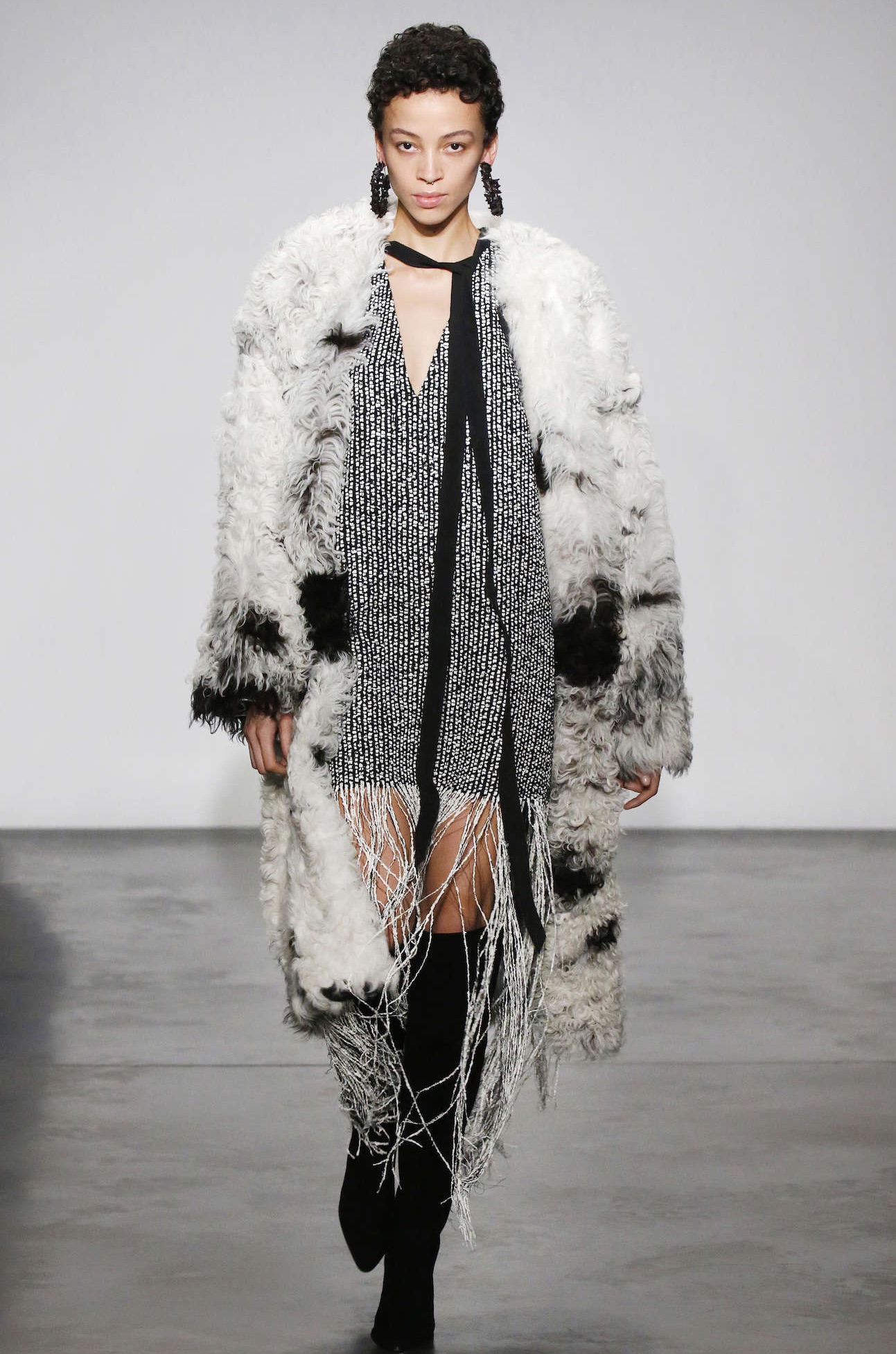At Fab Five Lifestyle Magazine, part of the Lifestyle Elevation Media Foundation, Inc., our mission is to educate and elevate your understanding of the world around you—especially when it comes to the fashion you love. We want the best for our fashion-conscious readers, and that includes ensuring you’re informed about the hidden dangers lurking in your wardrobe. As our planet faces the growing threat of climate change, the fashion industry plays a significant role, contributing up to 10% of global carbon emissions annually. But beyond environmental concerns, there’s a pressing issue we must address: the impact of toxic textiles on your health. This feature delves into the unhealthy state of today’s clothing, how we arrived here, and the promising strides toward safer, sustainable alternatives.
The Hidden Hazards of Toxic Textiles
Modern fashion is increasingly dominated by synthetic materials and harmful chemicals. Fabrics like polyester, nylon, and acrylic, which are staples in fast fashion, are derived from petroleum. These materials are not only non-biodegradable but are also treated with toxic substances such as formaldehyde, phthalates, and perfluorinated chemicals (PFCs). These chemicals, used to make fabrics stain-resistant, water-repellent, or wrinkle-free, can leach into your skin, potentially causing a range of health issues, from skin irritation to hormonal disruption, and even increasing the risk of cancer.
Even natural fibers like cotton aren’t always safe. Conventional cotton, which makes up about 99% of global cotton production, is often heavily treated with pesticides and herbicides. These toxic residues can linger in the fabric long after manufacturing, posing significant risks when absorbed by the skin.
How Did We Get Here?
The fashion industry’s relentless pursuit of speed, cost-efficiency, and trendiness has led to a dependency on cheap, synthetic fabrics and harmful chemical treatments. Fast fashion brands continuously pump out new collections, fueling a throwaway culture where garments are often worn only a few times before being discarded. This “business as usual” approach not only generates enormous waste but also perpetuates the use of hazardous materials in clothing production.
For decades, consumers have been conditioned to prioritize quantity over quality, often unaware of the potential health risks associated with their clothing choices. The result is a wardrobe filled with stylish garments that may be laced with toxins, silently impacting your health.
The Future of Safe, Sustainable Textiles
Thankfully, a new generation of fashion innovators is challenging the status quo, leading the charge toward a healthier, more sustainable future. Companies like Unspun, co-founded by Beth Esponnette, Walden Lam, and Kevin Martin, are at the forefront of this revolution. Unspun is transforming the fashion industry with its cutting-edge 3D weaving technology, enabling zero-waste production and creating custom-fit jeans without the need for size ranges or excess inventory.
Unspun’s mission to reduce global carbon emissions by 1% highlights the power of innovation in mitigating the fashion industry’s environmental impact. By eliminating waste and embracing circular reuse, Unspun is setting a new standard for what fashion can be—responsible, intentional, and safe for both people and the planet.
The Pros and Cons of Alternative Textiles
As we move toward a future of safer textiles, it’s important to consider the materials we choose to wear. Here are some of the best and worst options:
Best Textiles:
- Organic Cotton: Free from pesticides and synthetic chemicals, organic cotton is healthier for both the environment and your skin.
- Tencel/Lyocell: Made from sustainably sourced wood pulp, this biodegradable fabric is soft, breathable, and free from harmful chemicals.
- Hemp: Known for its durability and minimal environmental impact, hemp is a versatile and safe choice for eco-conscious consumers.
- Bamboo: While some bamboo fabrics are produced with toxic chemicals, those made through mechanical processes are a sustainable and safe alternative.
Worst Textiles:
- Polyester: This common synthetic fiber is non-biodegradable and often contains harmful chemicals like PFCs.
- Nylon: Similar to polyester, nylon is petroleum-based and treated with toxic substances.
- Acrylic: Another synthetic fiber, acrylic is not only bad for the environment but can also cause skin irritation and respiratory issues.
Moving Forward: A Call to Conscious Consumption
The pressing question we must ask ourselves is: Is the clothing we wear worth the risk to our health? As awareness of the dangers of toxic textiles grows, so does the demand for safer, more sustainable options. At Fab Five Lifestyle Magazine, we believe in the power of informed choices. By supporting brands that prioritize health and sustainability—like Unspun—and opting for garments made from organic, non-toxic materials, we can collectively drive the fashion industry toward a future that is both stylish and safe.
Key Takeaways:
- Toxic textiles in clothing pose serious health risks, including skin irritation, hormonal disruption, and cancer.
- The fashion industry’s focus on speed and cost has led to the widespread use of harmful synthetic materials and chemical treatments.
- Innovative companies like Unspun are leading the charge toward safer, more sustainable fashion through zero-waste production and circular reuse.
- Consumers can make healthier choices by opting for textiles like organic cotton, Tencel, hemp, and bamboo.
- Polyester, nylon, and acrylic are among the worst offenders in terms of toxicity and environmental impact.
- Conscious consumption is key to driving change in the fashion industry, prioritizing health, and sustainability in our wardrobe choices.
As we look forward to 2025 and beyond, it’s essential that we demand better from the fashion industry—for our health, for the planet, and for future generations. At Fab Five Lifestyle Magazine, we’re committed to keeping you informed and inspired to make choices that elevate both your style and your well-being.
Report FAB FIVE LIFESTYLE Style news editor







